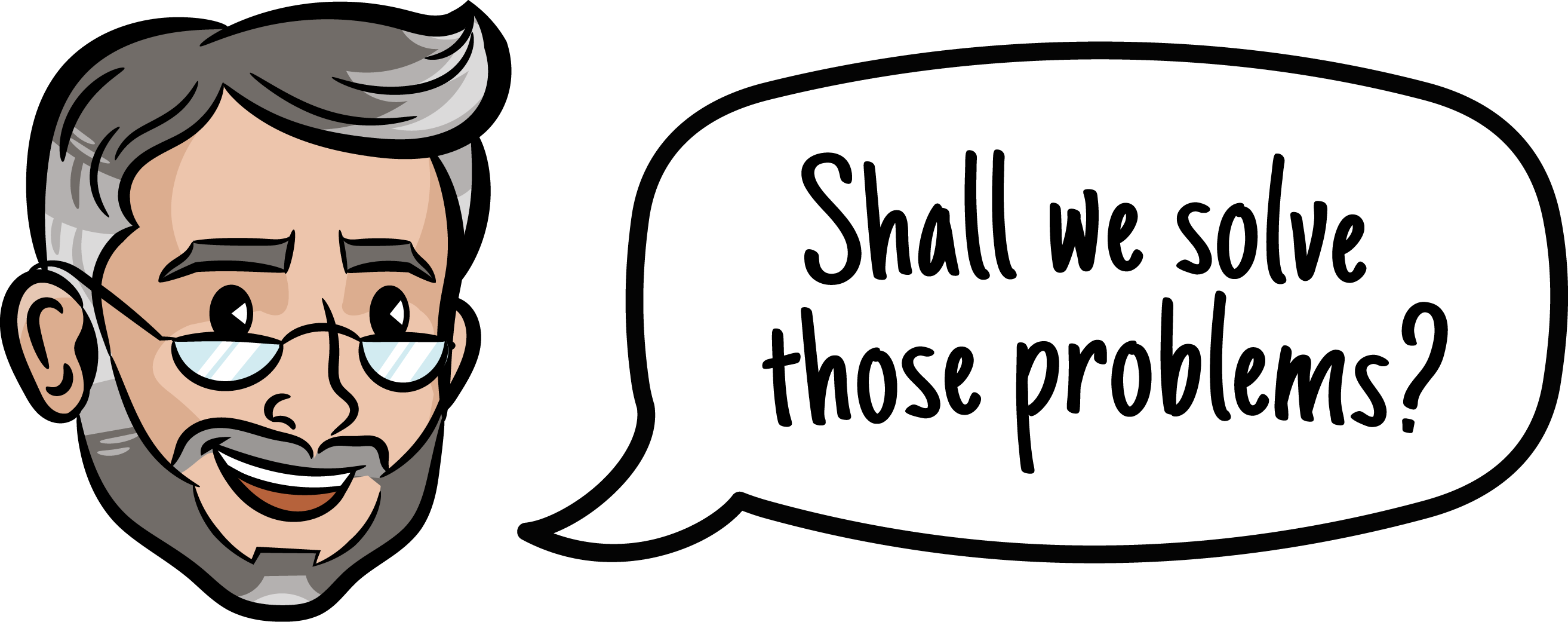In the B2B landscape, the sales funnel is an essential framework for guiding potential customers from awareness to conversion. However, mastering the B2B sales funnel requires a deep understanding of its concepts, stages, and real-world applications. By defining each stage clearly and illustrating successful examples, businesses can better implement strategies that result in higher conversion rates and stronger customer relationships, (remember it is important to understand what’s unique about B2B Conversion Rate Optimization). This article will break down the essential aspects of a B2B sales funnel and show how to apply them effectively.
Definitions and Examples of B2B Sales Funnels
A B2B sales funnel is a model that represents the process businesses follow to convert leads into clients. Unlike B2C sales, where decisions can be made quickly, B2B sales cycles are longer and more complex, involving multiple decision-makers and touchpoints. The funnel helps break down this process into stages, ensuring each prospect moves smoothly toward a purchase decision.
To better understand this, think of the B2B sales funnel as a series of interactions starting with brand awareness and ending with a completed sale or contract. Each step requires specific strategies and engagement tactics. For example, in a software company’s sales funnel, the process might start with a potential client discovering the company through a blog post. As the prospect engages with more content, such as whitepapers and webinars, they move down the funnel until they request a demo or consultation, ultimately leading to a sale.
These stages are critical for navigating longer B2B sales cycles, where building trust and demonstrating value over time is essential.

Clarifying B2B Sales Funnel Concepts
Clarifying what a B2B sales funnel entails is vital for businesses that want to implement one effectively. At its core, the funnel provides a structured path for managing leads, guiding them from the top (awareness) to the bottom (purchase or contract signing). The shape of a funnel, wide at the top and narrow at the bottom, illustrates that many prospects will enter the awareness stage, but only a portion will convert into paying clients.
One crucial aspect of B2B funnels is the length of the sales cycle. In B2B environments, leads often require multiple touchpoints and decision-maker approvals before committing to a purchase. Therefore, the sales funnel isn’t linear. Instead, prospects can move back and forth between stages based on their needs and engagement with the company.
For example, a prospect might express interest in a product, but then return to the consideration stage after reviewing competitors. This fluidity makes it critical for businesses to nurture leads at each stage, providing relevant content and personalized engagement.
Key Definitions in B2B Sales Funnels
Having an understanding key sales metrics is essential in B2B marketing, and knowing the OTE meaning—the expected earnings when performance targets are met—can help businesses set realistic compensation structures that drive success.
Understanding the terminology within a B2B sales funnel is crucial for effective implementation. Some key terms that often arise in B2B sales funnels include:
- Top of the Funnel (TOFU): This stage is focused on awareness and attracting new prospects. It’s about educating the audience about a problem and presenting your business as a potential solution.
- Middle of the Funnel (MOFU): Here, the emphasis is on nurturing leads who have expressed interest. Prospects begin to engage more deeply with your content, exploring your offerings in detail.
- Bottom of the Funnel (BOFU): At this stage, leads are ready to make a decision. They may engage in final product demos, pricing negotiations, or contract reviews.
- Lead Nurturing: This involves maintaining communication with prospects throughout the funnel, often through targeted content, emails, or personal outreach.
Each stage of the B2B sales funnel requires specific actions and strategies to ensure prospects move closer to becoming clients.
Examples of Successful Sales Funnels
To bring the B2B sales funnel to life, let’s look at examples of companies that have implemented highly successful funnels.
A SaaS company, for instance, often starts by generating awareness through content marketing. Blog posts, SEO, and social media channels introduce potential clients to the brand. As prospects engage, they are offered downloadable resources like eBooks or whitepapers, allowing the company to capture lead information.
In the middle of the funnel, the SaaS provider might nurture these leads with personalized email campaigns or targeted webinars. Prospects are further guided toward the bottom of the funnel, where they are encouraged to request a demo or trial. Finally, after a series of consultations and product demos, the prospect makes a purchasing decision.
A B2B marketing agency might use a slightly different approach. It could begin by attracting leads with a free audit or evaluation. Once potential clients enter the funnel, the agency offers case studies and success stories to show real-world results. This builds trust and moves leads down the funnel toward a consultation or proposal. The focus is on demonstrating value through actual performance, driving the lead to become a paying client.
Best Practices for B2B Funnel Implementation
Implementing a B2B sales funnel successfully requires thoughtful planning and continuous optimization. Best practices ensure that every stage is functioning as intended, maximizing the likelihood of conversion. Here are some key strategies for effective funnel implementation:
- Content Mapping: Develop content that speaks to each stage of the funnel. For the top, focus on educational content that solves pain points. In the middle, use case studies and detailed product guides. At the bottom, focus on conversion-driven content like pricing sheets and testimonials.
- Lead Scoring: Use lead scoring to identify the most engaged and promising prospects. By tracking their interactions with your content, you can prioritize outreach to the leads that are closest to converting.
- Personalization: Tailor your communication to each prospect’s unique journey. Personalization goes beyond addressing leads by name. It involves sending relevant content, offering personalized demos, and understanding each lead’s specific needs.
- Automation: Automating certain processes, such as email campaigns and follow-ups, can save time while ensuring that leads remain engaged. Tools like CRM systems help streamline this process and keep track of where each prospect is in the funnel.
- Continuous Monitoring and Optimization: The B2B sales funnel is never static. Regularly analyze performance data to identify bottlenecks. Whether it’s low engagement in the middle of the funnel or high drop-off rates at the bottom, there are always opportunities to refine and optimize your approach.
Conclusion
A clear understanding of B2B sales funnels—from their definitions to real-world examples—can significantly improve how businesses approach lead generation, nurturing, and conversion. By following best practices, companies can build structured funnels that guide prospects smoothly from awareness to purchase.
For businesses looking to master the nuances of B2B funnels, the Sales Funnel Professor offers an in-depth Sales Funnel Course. This course provides detailed training on how each stage of the funnel works, teaching businesses how to create and optimize funnels that drive results. Sales funnels agency gets all your funnels flowing and your team trained faster than you ever thought possible.
By applying these concepts and strategies, businesses can better manage their sales pipelines and achieve greater success in B2B sales. Get your sales funnel bottlenecks defined and action items documented by the Sales Funnel Professor with your own funnel audit.
Useful Posts: A Guide to B2B Marketing Funnels, Optimizing B2B Marketing Funnel Stages for Peak Revenue Conversion, Sales Principles & Pitfalls from Best Sales Movies and What’s Unique About B2B Conversion Rate Optimization?


